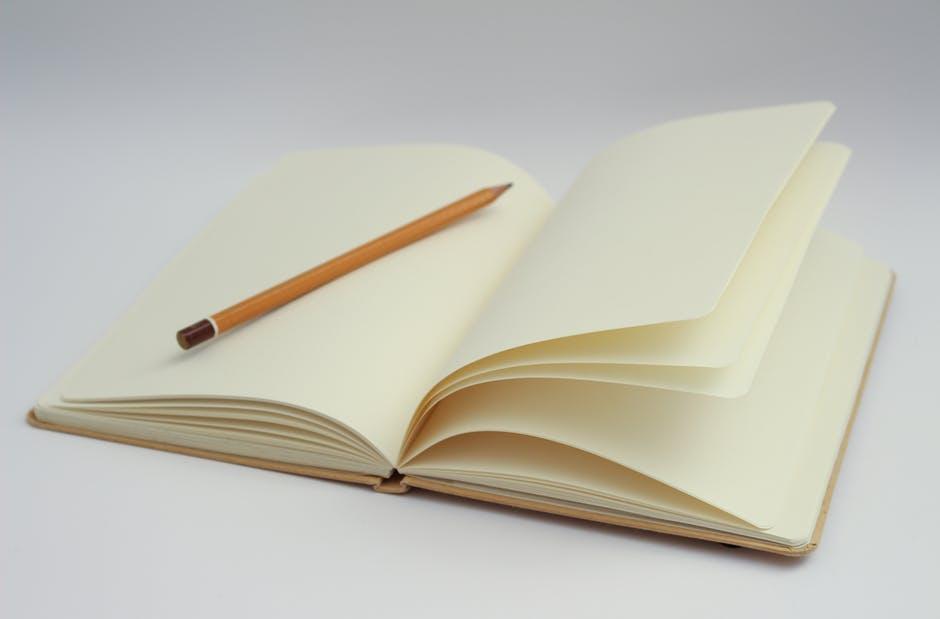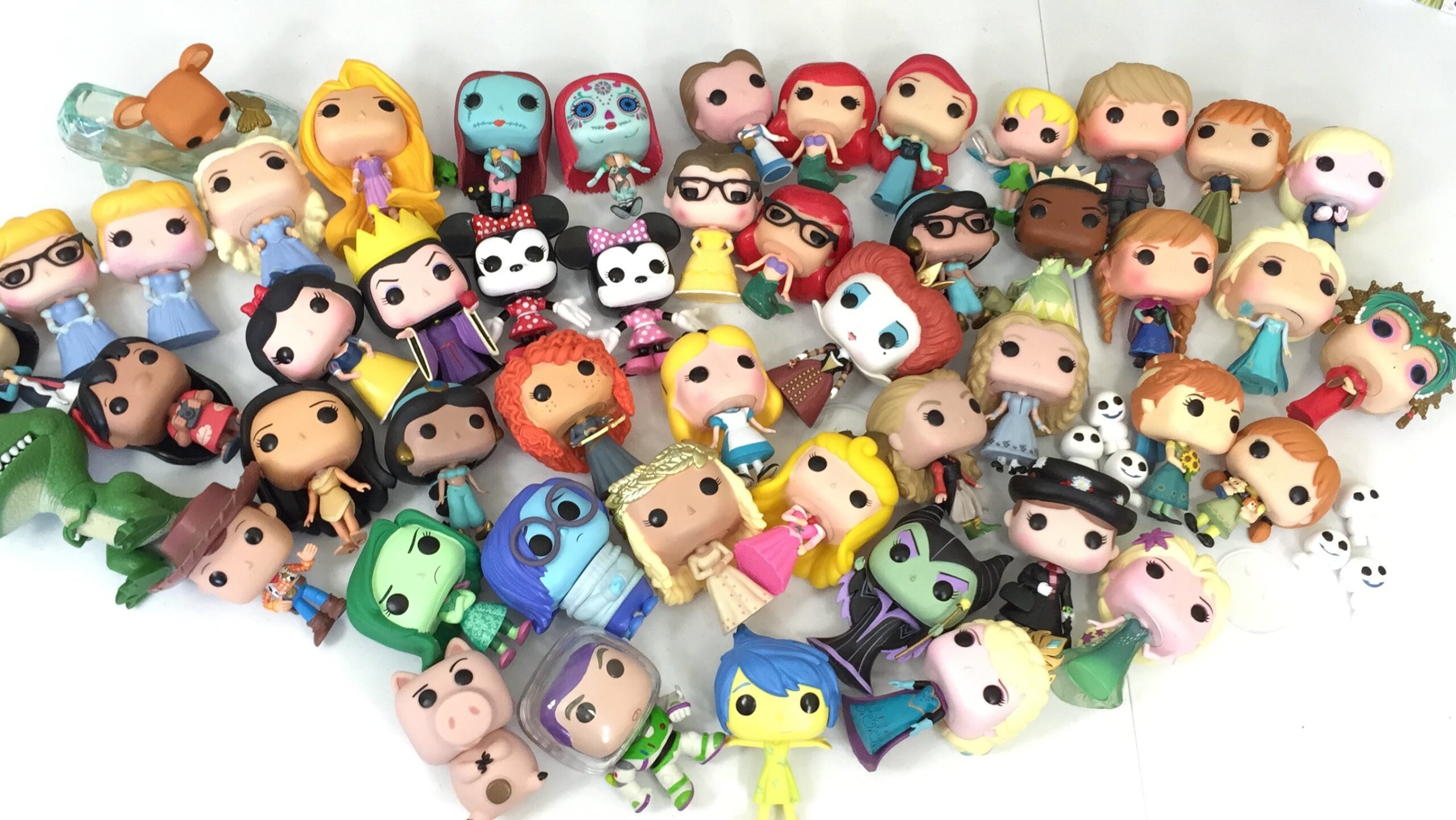Every working person is looking for new ways to improve productivity and organization. There’s always a new app, a new planner, or a new website to try. But there is an analog system that actually works much more effectively than any of these options. It’s called a bullet journal.
This is a system created by designer Ryder Carroll to combine his calendar, tasks and journal all into one notebook. Here are a few ways this system can help improve your productivity and organization at work.
1. Organize and prioritize your tasks
There are plenty of to-do list apps to dump your tasks into and they offer tons of ways to organize and prioritize them. But while these apps have infinite space to jot down as many tasks as you want, you don’t suddenly have infinite time to complete all of them. Seeing how much room your tasks take up in your bullet journal will force you to prioritize. You will end up choosing what you absolutely need to have done versus what would just be nice to have done. Also, writing by hand improves your memory so even without referring to your list, you’ll be less likely to forget what you planned to do next.
2. Change your layouts based on your needs
No matter how flexible planners and apps claim to be, there will always be some restraints. But in a journal, you can personalize and rearrange your spreads however you like. Your bullet journal can adapt based on the projects or assignments you’re working on. With just a pen and a ruler, you can create entire spreads personalized to your specific needs. To have the same thing in a traditional planner, you would have to pay $50 to $100. But with a bullet journal, you can have your own personalized workspace pretty inexpensively.
3. Take meeting notes right next to your task list
This goes back a little into the flexibility of the system. A great perk of a bullet journal is that you can turn the page and start something new. If you were to go all digital, you would probably have separate to-do and note-taking apps. No need for that with a bullet journal. Just take your meeting notes right next to your task list or projections or goals or whatever you want. No need to scramble around different applications for the information you need. Everything is in one place.
4. Track long-term goals over several months or even a year
You can literally put anything you want in your journal. Want to track your work hours? Write it down. Need to check off when you talked to a client when? Write it down. You don’t need expensive proprietary software. Anything you need to track, you can. Even if you don’t purposely track anything, you can always flip back through your pages and see what you worked on when. It’s a good record to keep in the months and years to come.
5. No charging, syncing, or updating required
Technology offers great tools, but there are a few drawbacks. Ever been in a long meeting and anxious about your tablet or phone battery? Needed to grab some notes but your app wouldn’t sync? Wanted to input tasks but your app was updating? None of these issues exist with a bullet journal. Just put it in your bag and go. You will probably be the most organized and on-top-of-it person in your office. (Of course, you don’t want to get it wet or accidentally leave it behind, but nothing’s truly perfect.)
string(3943) "
Every working person is looking for new ways to improve productivity and organization. There's always a new app, a new planner, or a new website to try. But there is an analog system that actually works much more effectively than any of these options. It's called a bullet journal.
This is a system created by designer Ryder Carroll to combine his calendar, tasks and journal all into one notebook. Here are a few ways this system can help improve your productivity and organization at work.
1. Organize and prioritize your tasksThere are plenty of to-do list apps to dump your tasks into and they offer tons of ways to organize and prioritize them. But while these apps have infinite space to jot down as many tasks as you want, you don't suddenly have infinite time to complete all of them. Seeing how much room your tasks take up in your bullet journal will force you to prioritize. You will end up choosing what you absolutely need to have done versus what would just be nice to have done. Also, writing by hand improves your memory so even without referring to your list, you'll be less likely to forget what you planned to do next.
2. Change your layouts based on your needsNo matter how flexible planners and apps claim to be, there will always be some restraints. But in a journal, you can personalize and rearrange your spreads however you like. Your bullet journal can adapt based on the projects or assignments you're working on. With just a pen and a ruler, you can create entire spreads personalized to your specific needs. To have the same thing in a traditional planner, you would have to pay $50 to $100. But with a bullet journal, you can have your own personalized workspace pretty inexpensively.
3. Take meeting notes right next to your task listThis goes back a little into the flexibility of the system. A great perk of a bullet journal is that you can turn the page and start something new. If you were to go all digital, you would probably have separate to-do and note-taking apps. No need for that with a bullet journal. Just take your meeting notes right next to your task list or projections or goals or whatever you want. No need to scramble around different applications for the information you need. Everything is in one place.
4. Track long-term goals over several months or even a yearYou can literally put anything you want in your journal. Want to track your work hours? Write it down. Need to check off when you talked to a client when? Write it down. You don't need expensive proprietary software. Anything you need to track, you can. Even if you don't purposely track anything, you can always flip back through your pages and see what you worked on when. It's a good record to keep in the months and years to come.
5. No charging, syncing, or updating requiredTechnology offers great tools, but there are a few drawbacks. Ever been in a long meeting and anxious about your tablet or phone battery? Needed to grab some notes but your app wouldn't sync? Wanted to input tasks but your app was updating? None of these issues exist with a bullet journal. Just put it in your bag and go. You will probably be the most organized and on-top-of-it person in your office. (Of course, you don't want to get it wet or accidentally leave it behind, but nothing's truly perfect.)
"












